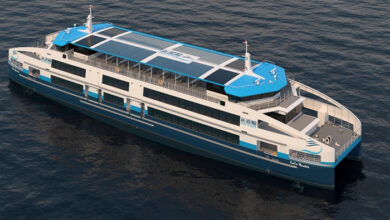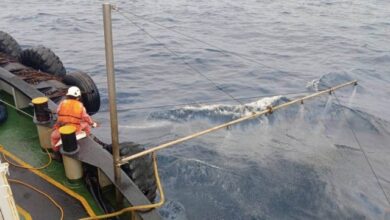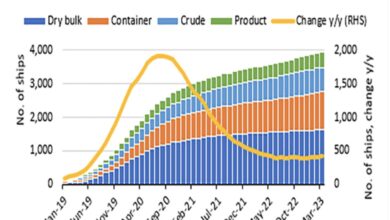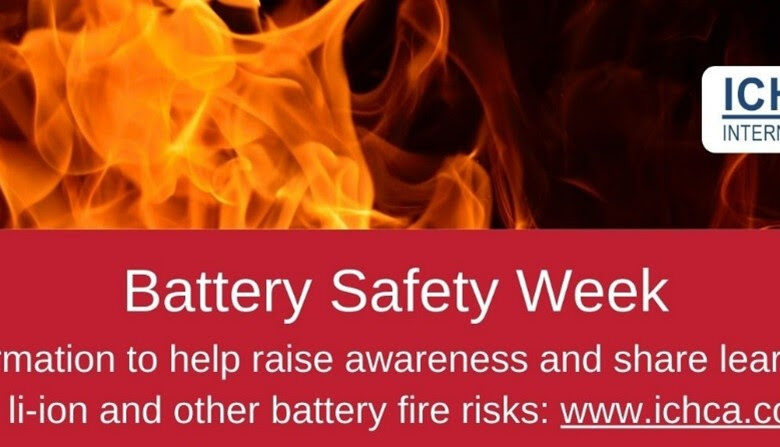
In October we hosted three world class speakers for a webinar on the risks associated with Lithium Ion batteries, particularly risk of fire. There is an increasing recognition of the challenges of handling such cargoes safely.
As with any potentially dangerous goods, it is possible to transport Li-Ion batteries successfully providing the risks are understood and managed. ICHCA is committed to raising awareness throughout the supply chain and creating space for informed discussion amongst all stakeholders.
. We start with a whitepaper on Li-Ion battery Risk from TT Club, UK P&I Club and scientific consultants, Brookes Bell.
The authors contend that ‘despite significant fire incidents (…) the broad maritime community and logistics supply chain remain predominantly unaware of the hazards and potential consequences when a lithium-ion battery fails and goes into thermal runaway.’
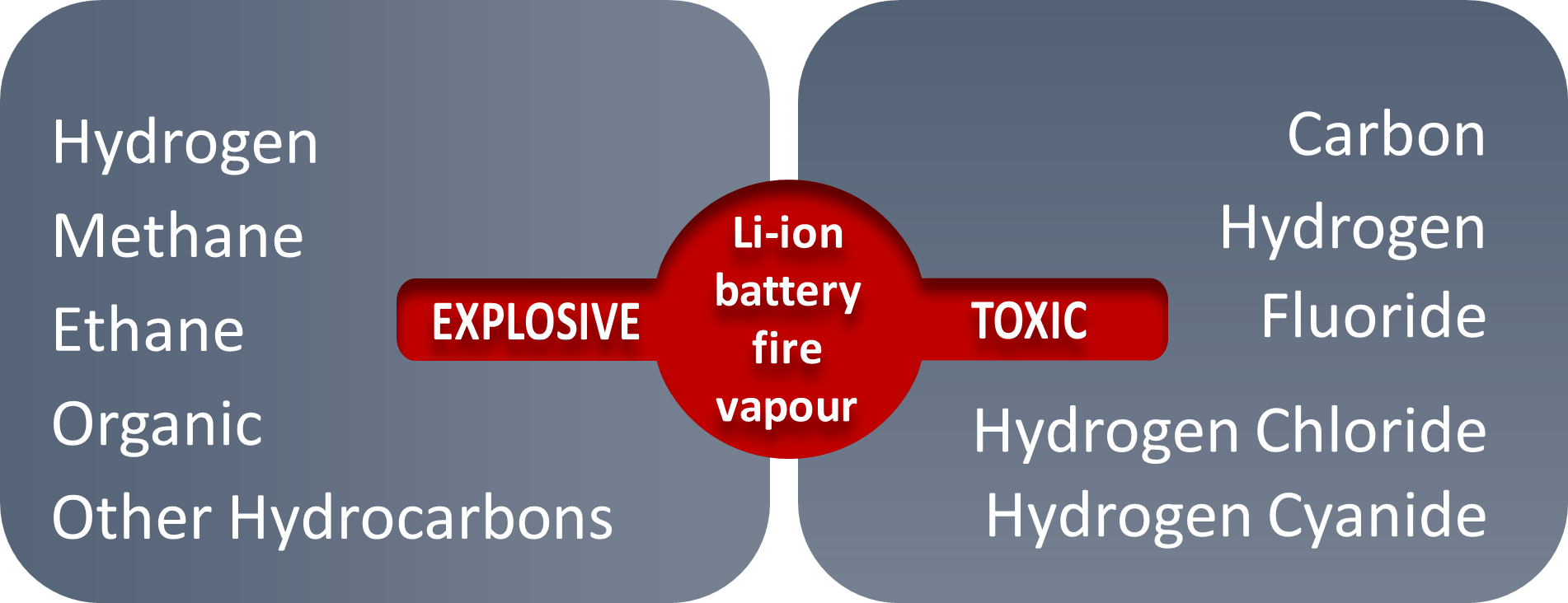
Their paper notes that ‘When a lithium-ion battery fails, the speed of failure (seconds), production of significant quantities of toxic, corrosive and flammable gases (000’s of litres) as well as the rapid development of intense heat and explosive situations (+450°C) continue to be underestimated.’
The paper seeks to raise awareness and addresses lithium ion battery science, hazards, consequences of mechanical, electrical and thermal abuse, current dangerous goods regulatory provisions including recommendations for IMDG Code changes and further work, classification and declaration, Special Provisions, packaging, emergency response and risk prevention.

Several points that particularly caught our attention from many interesting items in the report, concerned the nature of gasses released in a li-Ion battery fire. The white paper points out that what might appear as ‘smoke’ from a li-ion battery fire is in fact a cocktail of toxic and explosive gasses.
Additionally ‘The old rule of going low when a fire occurs because smoke rises does not apply to battery fires due to the different properties and densities of the vapours being produced.’
Just one final example of the report content indicates the difference in the challenge when fighting an electric vehicle fire, compared to a combustion engine vehicle.
Captain Randall Lund: Lithium-Ion Battery Cargoes Fire Risks and Emergency Response video now available!
We were delighted to host three world class speakers at our ICHCA Coffee Break Webinar on 6 October, addressing Lithium-Ion Battery Cargoes Fire Risks and Emergency Response.
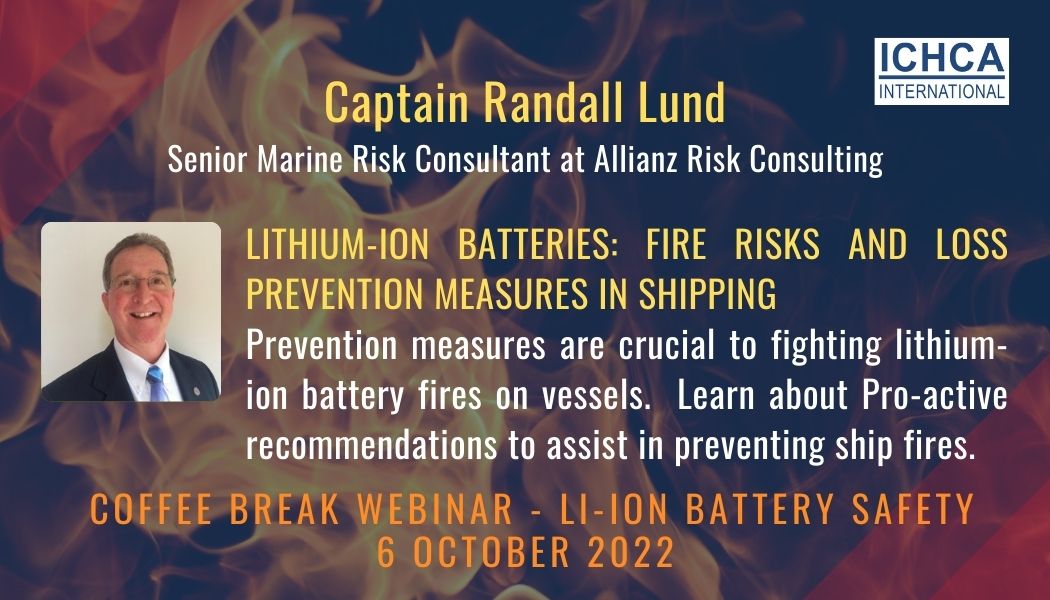
For those unable to attend on the day or anyone who attended and wants to re-visit this valuable learning, we are excited to release the video of the first presentation; delivered by Captain Randall Lund, Senior Marine Risk Consultant at Allianz Risk Consulting










